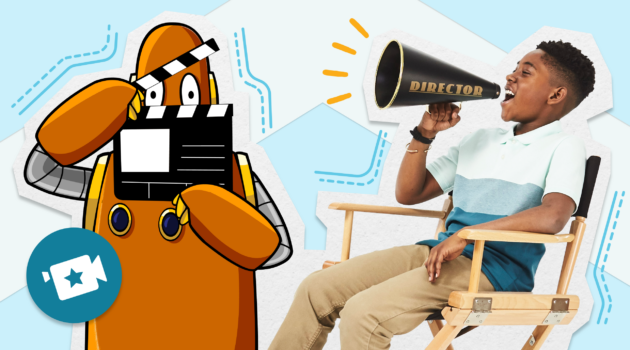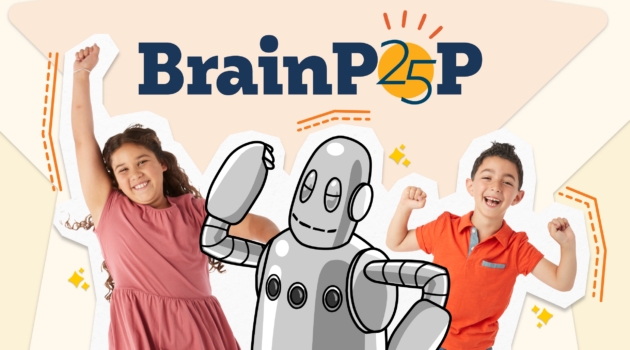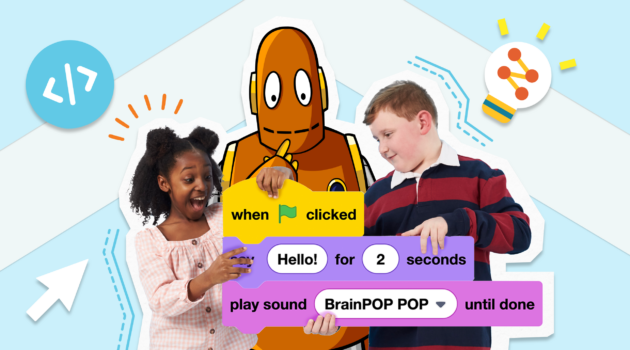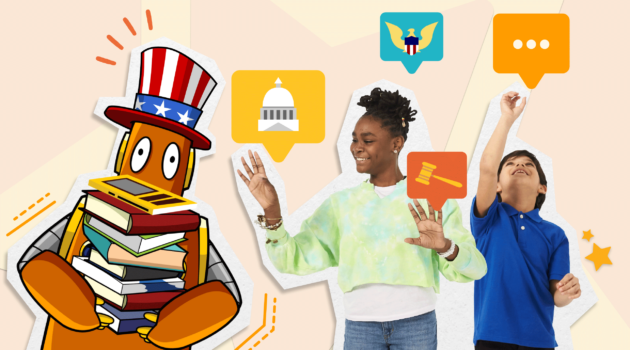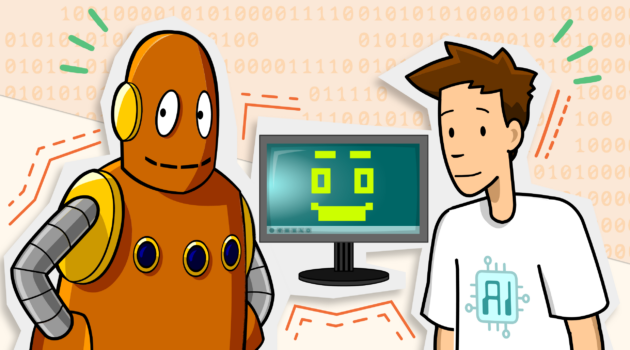BrainPOP Resources
How BrainPOP Aligns with the Science of Reading
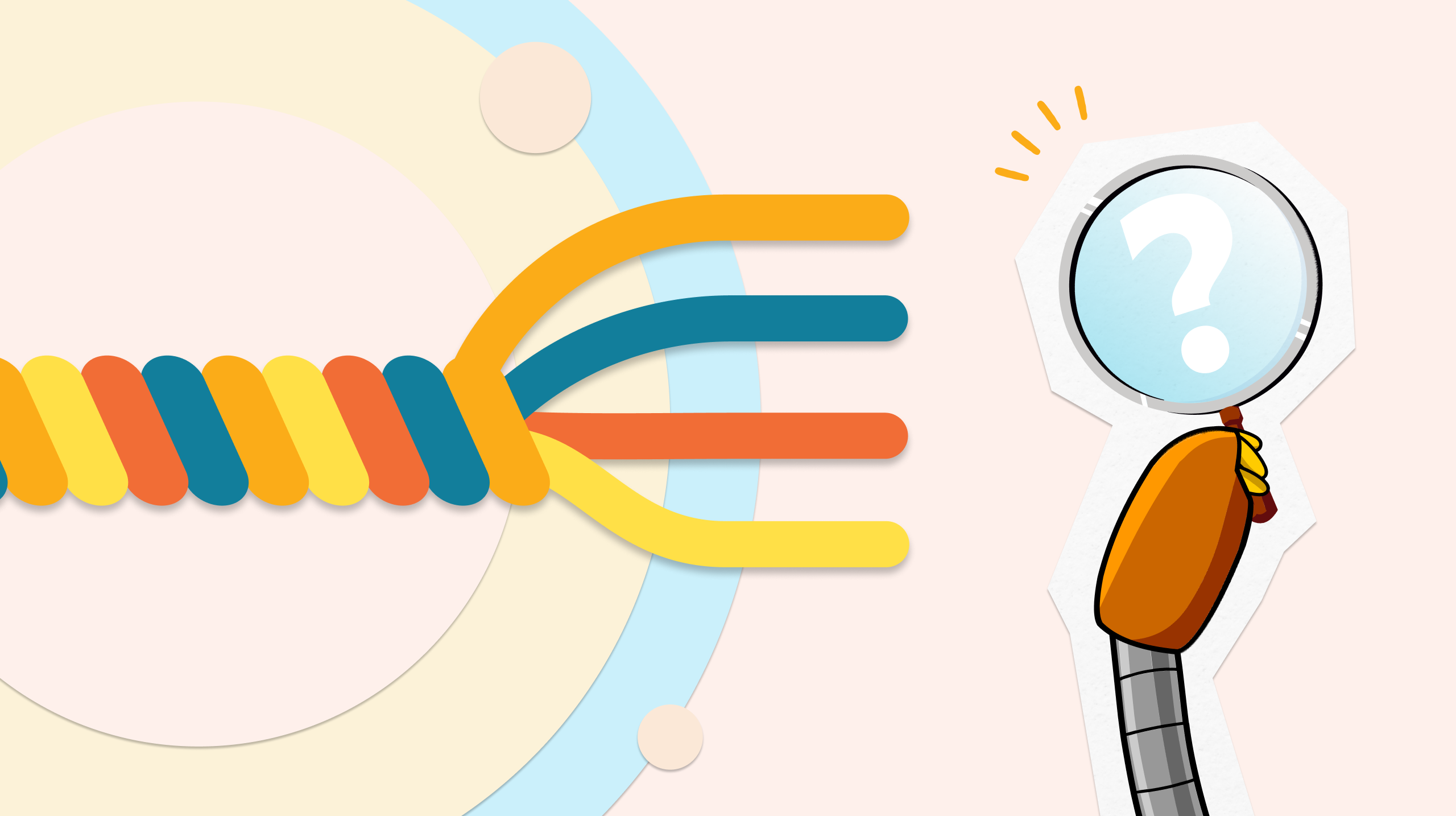
Over the last five decades, cognitive psychologists, neuroscientists, linguists, and educators have been working together to understand how individuals learn to read—better known as the Science of Reading. These scholars and scientists have the same goal: to create more effective reading instruction for all learners.
Given that the research spans five decades, there’s a lot to parse through. As the National Center on Improving Literacy has said: there are so many elements to the Science of Reading that it can be challenging to know where to start—and there are some serious differences between what it is and what it isn’t. It is, for example, ever-evolving and based on decades of research (as we’ve said above). It isn’t a specific program that you can buy, or—and this is key—a program that’s all about phonics.
Instead, the Science of Reading is based on five big ideas that work together: phonemic awareness, phonics, fluency, vocabulary, and comprehension. So while phonics are an integral part of the Science of Reading, they’re not the whole reading enchilada. Experts like Natalie Wexler, for instance, have argued that subject-specific content knowledge and vocabulary are as crucial for comprehension as any isolated skill.
We at BrainPOP are all about making learning effective and digestible for all learners, so it should come as no surprise that we are also students of the Science of Reading. Read on to learn how BrainPOP follows the Science of Reading to help learners build knowledge for strategic comprehension.
A Knowledge-Based Approach to the Science of Reading
BrainPOP works hard to build background knowledge and hone comprehension skills in a way that’s accessible to all learners. So, when constructing our learning activities, we’ve followed the Science of Reading in the way we do best. We’ve designed our movies and learning activities to complement students’ core programs by focusing on the vocabulary, comprehension, and fluency portions of the Science of Reading’s “big 5”—those that work seamlessly alongside knowledge-building.
Because literacy is not taught in a vacuum, these three elements will actually help students in their phonics instruction, their reading, and their education as a whole. In other words, BrainPOP helps students become meaning-makers.
We’ve designed our movies and learning activities to complement students’ core programs by focusing on the vocabulary, comprehension, and fluency portions of the Science of Reading’s “big 5”—those that work seamlessly alongside knowledge-building.
How (Select) BrainPOP Learning Activities Align to the Science of Reading
Everything on BrainPOP is rooted in research on how kids learn best—from the jokes in the BrainPOP movies to the formative assessments in the Quiz. No matter the activity, you can rest assured that a team of learning scientists has worked their magic to deepen student knowledge, hone their essential literacy skills, and spark joy.
But, just to give you a taste, we’ll give you a peek behind-the-scenes of how just a few activities on BrainPOP align with the Science of Reading.
1. Science of Reading and Movies with Pause Points
A movie? Align with reading? That’s right—because one must never underestimate the power of background knowledge. This power applies to reading comprehension, too! As Gina Cervetti and Tanya Wright said in their chapter of The Handbook of Reading Research, Volume V, “Knowledge seems to have a greater impact on text comprehension than do general reading comprehension or decoding skills, and knowledge may help to compensate for lower levels of comprehension and decoding skills.”
Think about it in terms of the famous baseball analogy. If you read an article about baseball and had never interacted with the sport, you’d have a much harder time understanding a text—with its odd, indecipherable phrases like “home run” and “innings”—than a baseball expert.
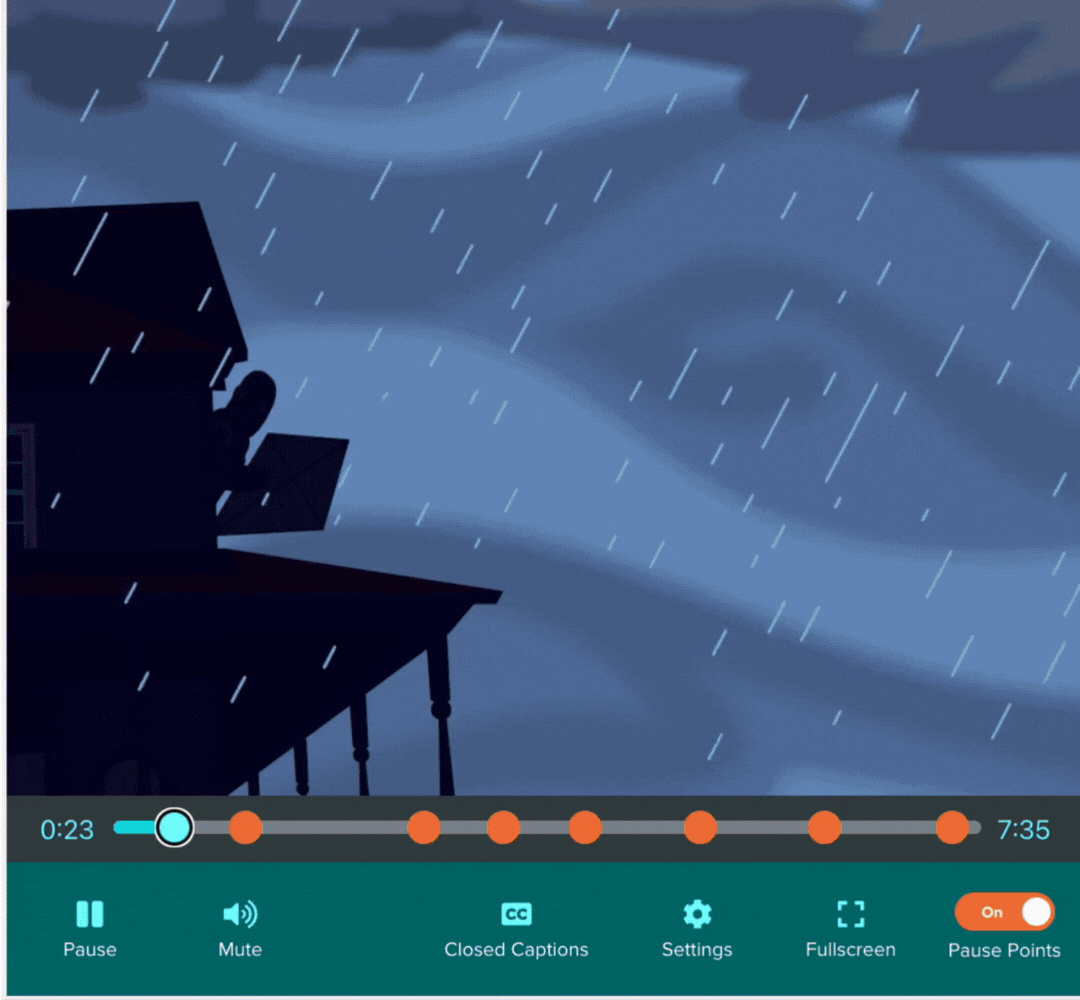
BrainPOP movies deliver key content knowledge to every student—regardless of their reading level—to give them a fighting chance at understanding what they do read. They’re comparable to, say, a knowledge-rich read aloud. When an adult reads aloud a content-rich book to a child, it’s known to promote active engagement, allow for checks in comprehension, develop vocabulary, harness the power of expression and intonation—and maybe allow them to use the power of visual cues (depending if it’s a picture book). A BrainPOP movie, with its embedded Pause Points that check for comprehension, does all of the above. And it does it with style, featuring memorable, funny characters that students can follow from subject to subject.
2. Science of Reading and Vocab Builder
Vocabulary is, put simply, knowing what words mean and how to say and use them correctly. It’s also one of the big-five skills in the Science of Reading. But, like everything in literacy, vocabulary is not a standalone skill. Take it from the experts—in this instance, David and Meredith Liben, in their recent book, Know Better, Do Better: Comprehension. “Growing vocabulary and growing knowledge are essential to deepening reading comprehension,” they say. “Doing both together strengthens each. It also saves time and increases joy, both precious commodities.”
A student builds knowledge with a BrainPOP movie and follows it up with this vocabulary-building activity. It’s already a good start on aligning with the Libens’ learning science. But Vocab Builder does even more: it also focuses on the Science of Reading concept of breadth (the total number of words you know) and depth (how well you know the words) (Binder et. al. 2017; Cain & Oakhill, 2014; Ouellette, 2006).
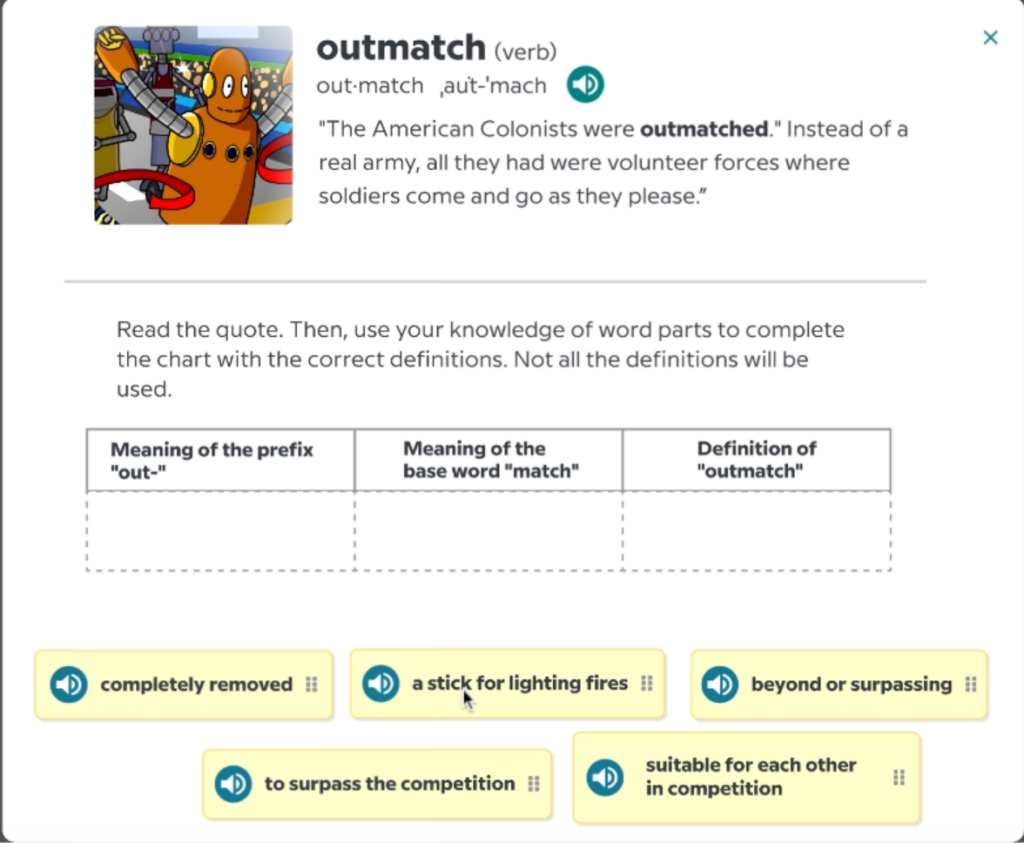
On the depth front, activities within Vocab Builder let students practice strategies like using word parts to determine the meaning of an unfamiliar word, asking them to question what a word is doing in a sentence, and laying out spelling and pronunciation. Check, check, check.
On the breadth front: In the activity, students choose from a word bank of powerful Tier 2 words—which provide plenty of bang for your comprehension buck. Because the Vocab Builder words are presented in the context of the movie (see above), students have the relevant background knowledge to get a head start on comprehending it (while sharpening their context clue skills!).
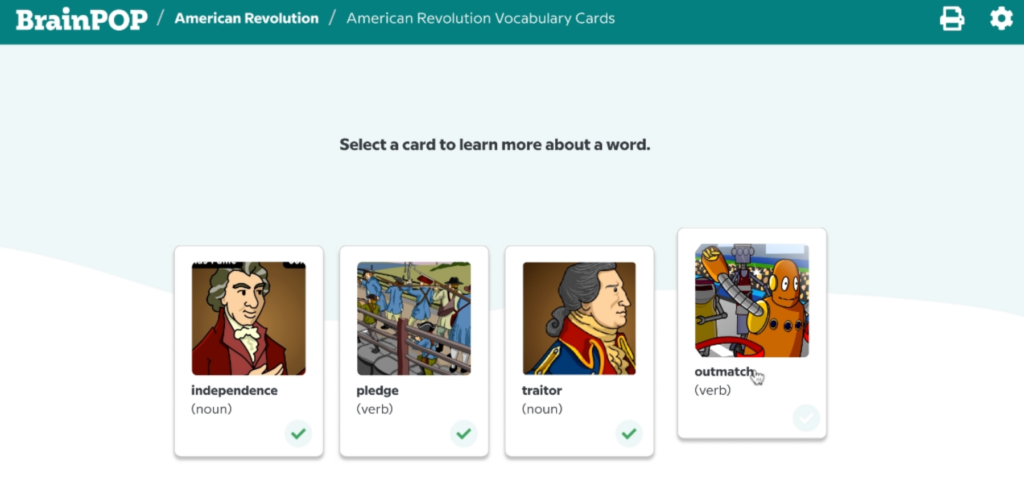
At the same time, they’re also growing their vocabulary, which will help them outside of this topic. In other words, learning “outmatch” in the context of the American Revolution now will help students read another text – about David and Goliath – later.
3. Science of Reading and Leveled Reading
In the context of the “big 5” of the science of reading—phonemic awareness, phonics, fluency, vocabulary, and comprehension—Leveled Reading hits on the last three. They are complex, authentic texts for readers who are able to apply their decoding skills automatically and successfully read them. In short, they allow students to take the background knowledge they’ve just built in the movie and apply it to comprehend connected texts, understand vocabulary, and become more strategic readers.
Let’s break that down. A “connected text” is a text that’s related to and builds on the knowledge that a student has encountered before (*cough* BrainPOP movies). Cognitive psychologist Walter Kintsch explains their power: “[Connected texts] make it possible for a student to read and understand a complex text but also teaches them they must use the knowledge they have acquired in one text to understand the next. By staying within a topic, the student has a better chance of learning that crucial lesson than reading texts that jump from one topic to another.”
In other words, the text’s relatedness to background knowledge not only helps students read a potentially complex text, for all of the reasons we’ve stated that background knowledge is beneficial—it also teaches them that knowledge-building is possible and beneficial in the first place. It helps students realize that learning builds on learning builds on learning in a way that ultimately makes understanding more straightforward.

However, we know that students must first be challenged on this path to easier understanding. Vygotsky’s Zone of Proximal Development (ZPD) tells us that to learn, we must be presented with tasks just outside our ability range; these challenging tasks promote maximum cognitive growth. But, at the same time, if students feel too challenged, they might get frustrated and give up.
That’s why Leveled Reading is assignable at three levels, each corresponding to a grade level. These levels allow the teachers to do what they do best: use their deep knowledge of their students (and their ZPDs) to assign the right text for the right learner on the right day. If teachers want to assign all students the grade-level text, they certainly can—and if they want options to differentiate or give students that “just right” text, they can do that, too! Leveled Reading is all about helping a student uncover the magic of knowledge-building, and the pleasurable challenge of reading in the right ZPD, in a way that works for them.
Looking for more?
Believe it or not, all of that is just the tip of the learning science iceberg when it comes to the thought and care that goes into each aspect of BrainPOP and its learning activities. BrainPOP’s enhanced quizzes—for example—hone literacy skills, while Creative Tools allow for project-based learning.
Learn more about the power of learning on BrainPOP.
AnnaLiese Burich is a product marketing manager at BrainPOP with a history of Edtech writing experience. She holds an MA in Magazine Journalism and an MA in English Literature.


